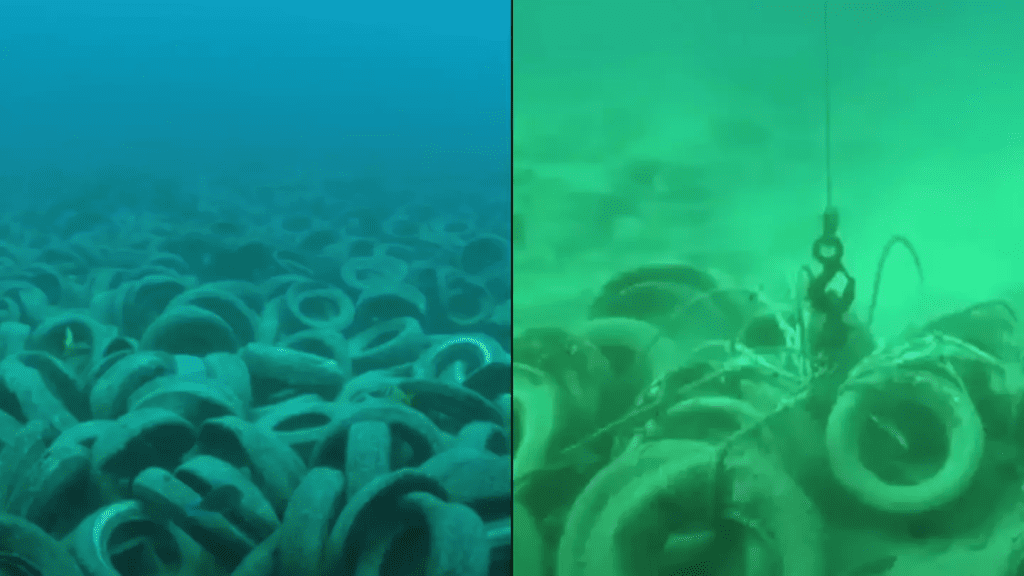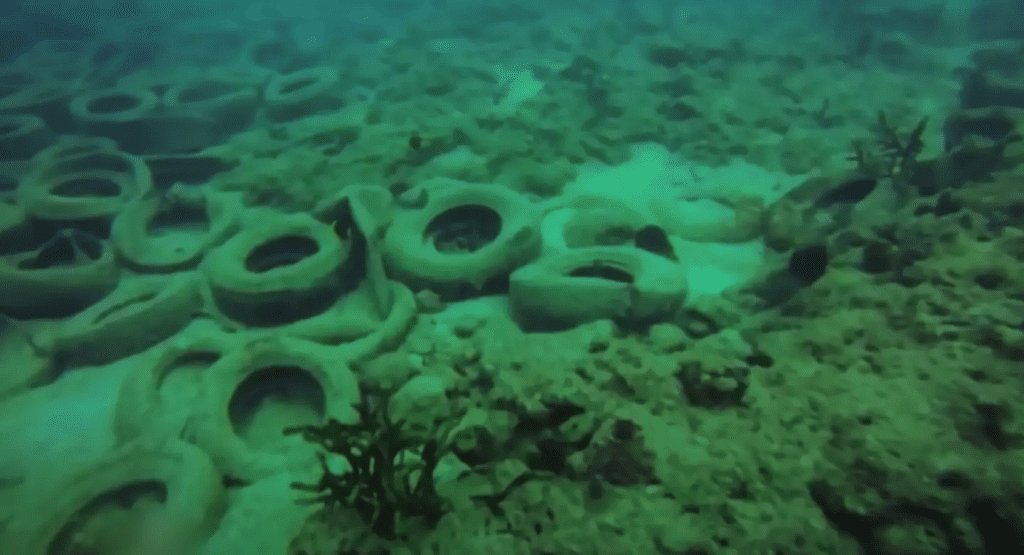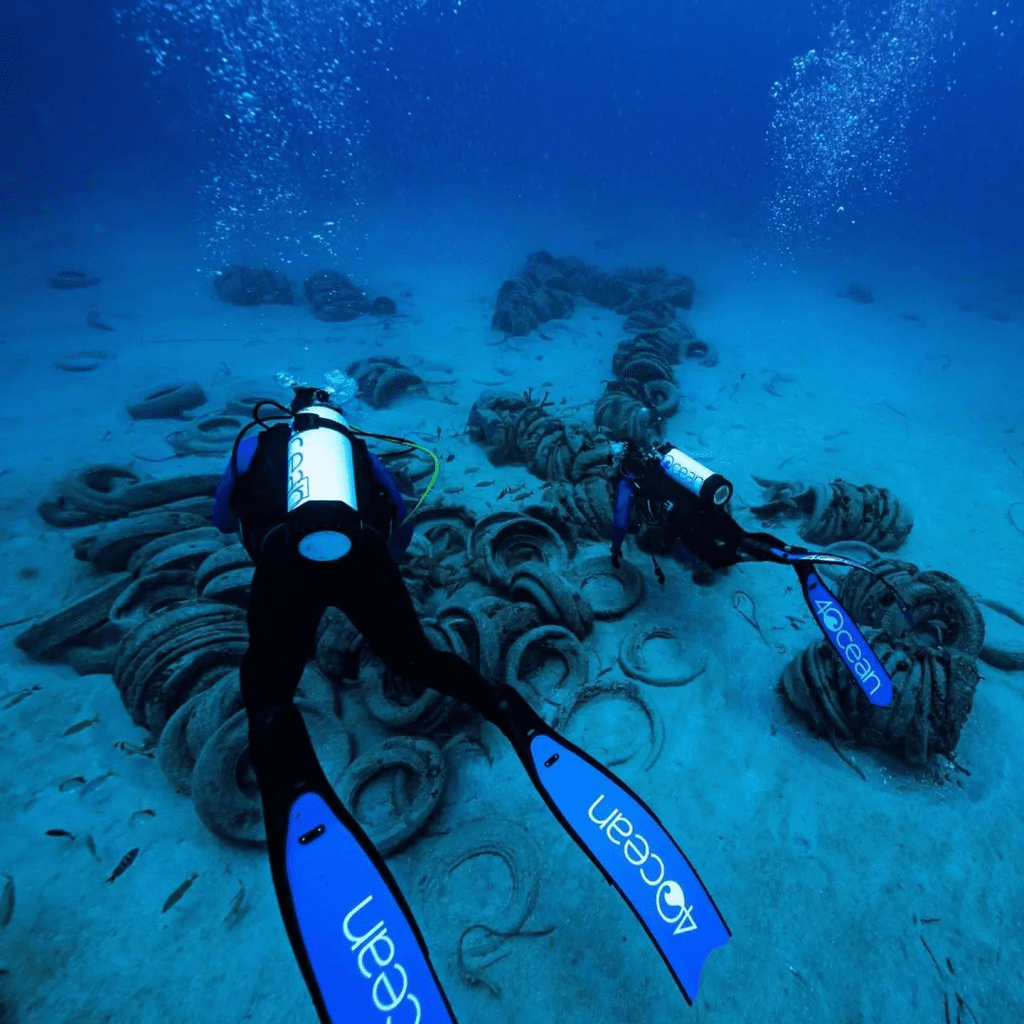
A groundbreaking experiment in the 1970s and 80s, which aimed to create an artificial reef off the coast of Florida, has turned into an environmental catastrophe. The Osborne Reef, located near Fort Lauderdale, consists of over two million tires that were originally placed there in the hope of improving marine life by mimicking the structure of natural coral reefs. However, what was intended to be a solution to marine life conservation has instead become a major problem.
The Origin of the Osborne Reef Project
The idea for the Osborne Reef was first proposed by a local nonprofit organization, with the backing of the US Army Corps of Engineers. The project was managed by a US Navy minesweeper, and even tyre manufacturer Goodyear, which contributed many of the tyres, participated in the venture. In fact, Goodyear made a symbolic gesture by dropping a gold-plated tire from their blimp during the operation. The tires were believed to offer a stable environment for marine life, resembling the structure of natural reefs. However, as it turns out, this theory was fatally flawed.

The Environmental Disaster
What seemed like a promising idea quickly turned into a disaster. The tyres, which were held together with nylon ropes and steel clips, began to break apart over time. Without a solid structure to keep them intact, the tyres scattered across the seabed, ultimately causing more harm than good. Instead of providing a habitat for marine wildlife, the tyres damaged existing coral reefs and created an unstable environment that disrupted local ecosystems.
Attempts to clean up the mess have been ongoing, with even the US military trying and failing to remove the tires. Over time, various groups have recognized the severe environmental consequences and have worked to undo the damage.

The Current State of Osborne Reef
Today, the Osborne Reef remains a significant problem. While some efforts have been made to remove the tyres, over 500,000 remain submerged on the ocean floor, with some estimates suggesting that the total number could be closer to one million. The project, initially intended to enhance marine biodiversity, has instead resulted in severe damage to the local ecosystem. Marine life has suffered as a result of the deteriorating tyres, and their presence continues to disrupt the balance of the ocean floor.
In recent years, organizations like 4ocean have joined the fight to clean up the reef. 4ocean, a company committed to ending ocean plastic pollution, has made significant progress in cleaning up the area, although the task remains monumental. As the company notes on its social media, the well-intentioned project has failed, and the fight to restore the reef continues.
The Future of Osborne Reef
The Florida Department of Environmental Protection has been monitoring the situation and has launched the Osborne Reef Waste Tire Removal Project. While progress has been made, as of March 2022, over 500,000 tyres still remain on the ocean floor. An update from the Florida Department of Environmental Protection is expected by 2024, detailing plans and timelines for further cleanup efforts. According to reports, it’s projected that nearly one million tyres will remain until 2033, making the cleanup a long-term challenge.

In conclusion, what began as a well-meaning environmental experiment has now become a significant lesson in how not to approach marine conservation. The Osborne Reef serves as a stark reminder of the unintended consequences that can arise from human intervention in natural ecosystems. The battle to clean up this ecological disaster continues, but the road ahead remains long and uncertain.


